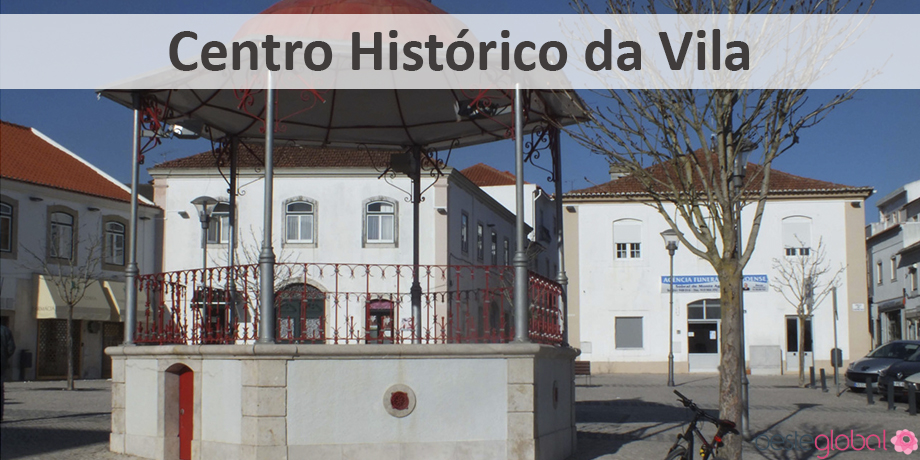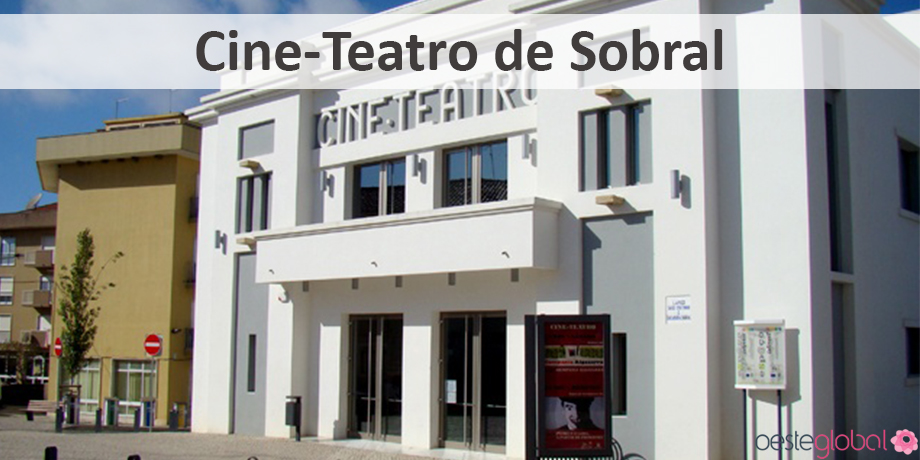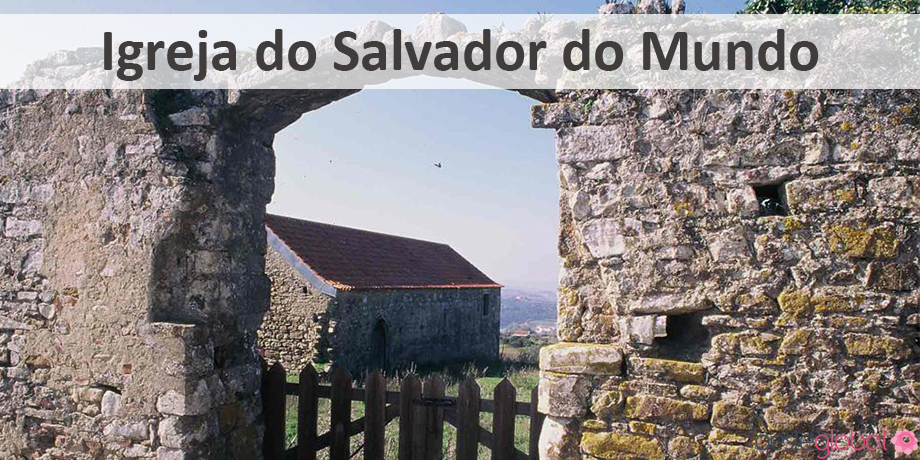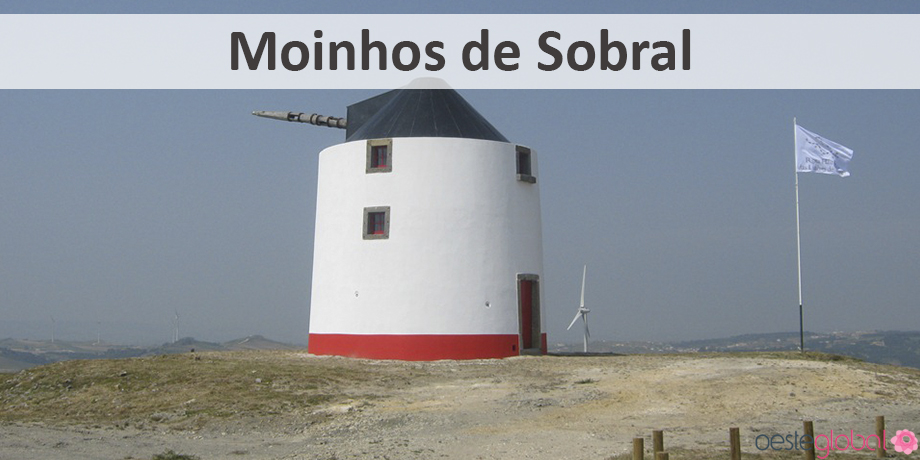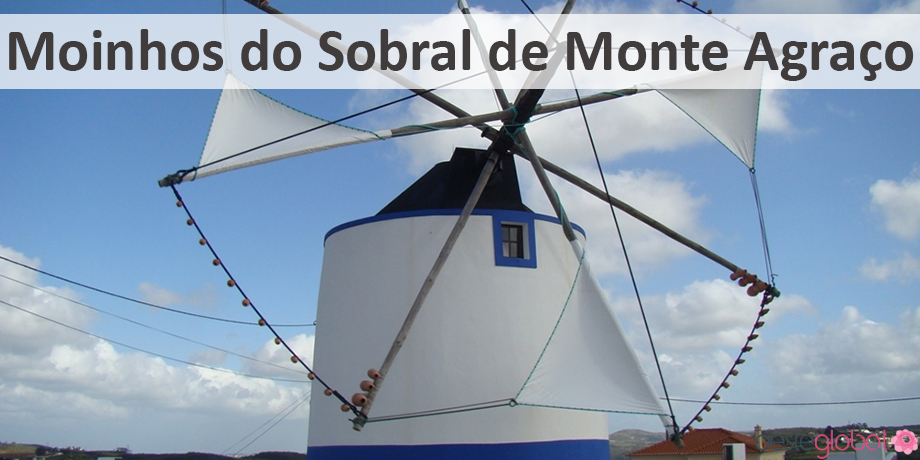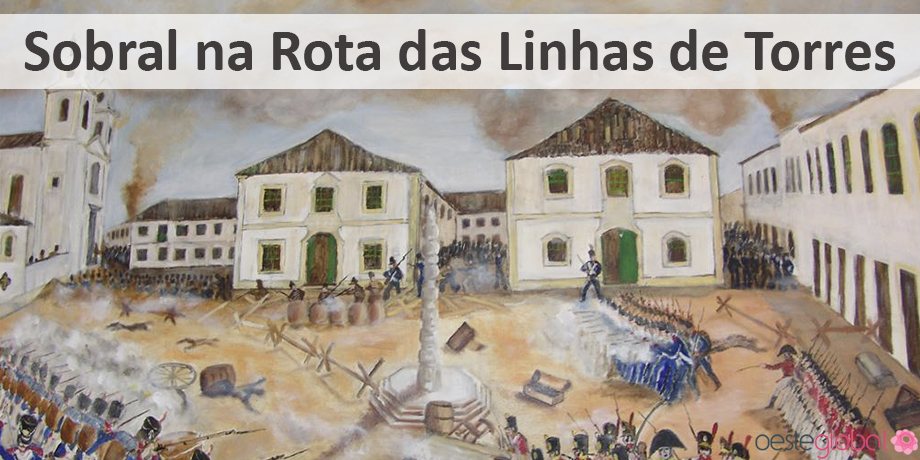Heritage in Sobral de Monte Agraço
Sobral de Monte Agraço county is a rural county, whose authenticity remains in their fields, especially the vineyards, a value represented in Museológico Wine. Sobral de Monte Agraço features a variety of heritage that tells your story, especially during the struggle against the Napoleonic invasions.
Historic Town Centre – develops around the Eugénio Dias Square, a place of architectural pombalino nature with traces of the architect Reinaldo Manuel dos Santos. Currently, it reflects the social, historical, commercial and political Sobral de Monte Agraço community during its lifetime. From this center you can visit the fountain, the Church of Our Lady of Life, note the facades of the building of the Town Hall, the Solar dos Condes de Sobral, enter the Museum Centre of Wine and visit the Interpretation Center of the Line Torres.
Cine theater – in the 40s of the twentieth century, there was in the village, one theater, Eduardo Theater Costa, which was closed and degradation, which required the performances and cultural events on a makeshift stage at the Association of Firefighters County Volunteers, while the film was passed the walls of Quinta do Sobral. Over the years, it demonstrated the need to build a new space to perform these activities. In this way, comes the Cinema, opened on June 30, 1945, but due to debts, was delivered to the Association of Volunteer Firefighters, reopened as Cultural Center and Recreation Commander João Simões Silva Lopes and in the 80 and 90 held several shows promoted by the Association of Volunteer Firefighters, the City Council, along with activities developed by CDIAG (Dramatic Center Intermunicipal Almeida Garrett), Theatre group established within the framework of AMACULTURA, Association of Municipalities in the cultural area. However, this space ceased its activities in 2000 because of poor conditions offered, reopening on 24 May 2006, with modern infrastructure and new services. This area offers a range of entertainment activities from music to theater, cinema, dance, children’s and educational shows.
Municipal gallery – inaugurated in 1992, is built in the town hall, near the Municipal Auditorium and the Museum Centre Wine. This cultural space aimed at the dissemination of visual arts such as painting, sculpture, drawing, among others, monthly organizing an exhibition, which over the years, welcomed both individual exhibitions and collective, both recognized artists or young artists who initiated its activity in the art world. The gallery is open Tuesday to Saturday from 14h00 to 19h00.
Museum Centre Wine – Opened in 1992, this core seeks a recovery policy, preservation and dissemination of Sobral heritage, exposing ethnographic objects, testimonies of the main economic activity of the county – the cultivation of vineyards and wine production, such promoting through shows utensils and agricultural implements and documents on methods and techniques in viticulture and winemaking in the region. This center is housed in an old wine cellar restored by the City Council.
Heritage of Sobral
- Dr. Eugénio Dias Square – this square is the town hall, which stressed the allusive tombstone at the mercy of the landlord, courtesy of José Joaquim Inácio da Cruz Sobral, who would order the construction of the noble house of Sobral family; It is also the fountain, bandstand and medium statue Eugénio Dias, who in the twentieth century called the square
- Church of Our Lady of Life – rebuilt on the previous chapel of the same invocation. Its construction has been under the direction of architect Manuel dos Santos Reinado and funded by Canon António José da Cruz and the brothers Joaquim Inácio da Cruz Sobral and Anselmo José da Cruz Sobral. In 1867, Sobral family specifically, the 2 s Counts of Sobral – Adelaide Braamcamp Sobral and Luis de Mello Breyner, gave the Church of Our Lady of Life to the Saviour of the World Parish Board, for it could be carried out worship since Parish Church of the old core of Monte Agraço was in ruins. Provided that this church back to the family, if it was closed to the public, something that happened during the 1st Republic. However, May 13, 1986, D. Antonio Braamcamp Sobral and his wife Maria Passanha Braamcamp Sobral donated once more the church to the Patriarchate of Lisbon.
- Chapel St. Saviour of the World – dates back to the thirteenth century, the building reveals the transition from the Romantic style to the Gothic. This property is considered one of the most interesting medieval churches of the Lisbon region, offering you the Public Interest rating.
- Sobral Windmill – located in Sobral, blending into the landscape setting of Sobral, Serra do Socorro and Sierra Montejunto. This mill is an architectural mark with a traditional mill grinding, a mill type “Portuguese mill” or “Mediterranean”, is considered a card-business, since it is something unique and representative operating in the county. The Sobral Windmill is in good condition, since their recovery and proper stimulation comes from the Municipality of Sobral.
- Building of the Old Municipal Slaughterhouse – erected in the county seat, this property consists of panels of industrial tile 1940. A property which perfectly announces its function and the time of construction. We are currently re-used for various functions, such as local radio studios.
Heritage Santo Quintino
- Church of St. Quintino – a its construction began in 1520, lasting until 1998, due to several necessary renovations and restorations, turning this monument a pride for your parish, in addition to countless families have helped and cooperated in these works, also your devotion allowed galvanize . Its beauty and junction architectural styles, and constantly work to improve, make this church to be elected to the celebration of various ceremonies. This church is the Church of St. Quintino.
- Chapel of St. Thomas – located in Santo Quintino couples, this eighteenth-century rural chapel was restored in 1978 without changing any trace. Inside Realize images of São Tomé and Santa Catarina, in limestone.
Chapel of Our Lady of Health – located in Fetais, this eighteenth-century chapel and rustic, presents in its interior a carpet tile roof with three patterns. In its polychrome tiles are two panels: one on the triumphal arch, with the statue of the Virgin, and another on the vestry door that is the construction of a bridge.- Chapel of Our Lady of Needs – located in cobs, this temple small, has a square plan with a triumphal arch that separates the chancel from the nave. At the estate is a patroness of the image and two smaller images representing St. Joseph and Santa Ana. The floor and the inside of the cover are made of wood, and the ceiling trough.
- Santo Amaro Chapel – in Martim Afonso is an old hermitage, undated construction, but in 1760, under the name of St. Anthony’s chapel, this was already in a state of degradation. The construction plan is rectangular, integrated in the layout of the buildings surrounding the village, consisting of a vessel connected to the presbytery through a triumphal arch. The collection contains a triad of St. Anthony image and Santo Amaro and Our Lady. Your floor has two distinct areas, such as coverage of the ceiling show the expansion works of the chapel. Surrounding the chancel area is paved with wood, ceiling semicircular barrel vault, the entrance area is paved in slabs and its ceiling trough.
- Chapel of Our Lady of the Faith – located in Zibreira of the Faith, this work consists of a ship of the seventeenth century, as the inscription on the sepulchral slab of 1606. After the parish church, the chapel is the richest monument of the parish. Inside you can find various images of Our Lady and Child in the chancel is a picture of San Francisco, the seventeenth century, the St. Euphemia the eighteenth century and that of Our Lady of the Faith, undated. The chancel ceiling is crib with simple coffered, since the rest of the chapel is covered in wooden trough, the floor is covered by slabs. It is also a balustrade marble in good condition and an altarpiece coming from the late eighteenth century. Regarding the exterior, is a sundial, in good condition, the right of the entrance.
- Chapel of the Quinta da Martinacha – this is an ashlar of polychrome tiles, reproducing pads Marbled, rocaille frames and angels with the instruments of torture of Christ on Calvary, whose dating is derived from the last quarter of the eighteenth century. In the outdoor environment is secular woods.
- Chapel of the Quinta da Amoreira – located in Tea, Quinta da Amoreira, this chapel erected in honor of Our Lady of the Assumption, with an eighteenth-century rustic style, it has a rectangular plan, with a ship that connects to the chancel by a triumphal arch . The collection features images of St. Joseph with the Child, the Sacred Heart of Jesus and Mary.
- Quinta das Fontainhas – the house of this farm was built in the eighteenth century the term of José Gomes da Paz. In 1877, the celebration of public Mass, even when it belonged to Vitorino Avellar Telles was authorized. The estate consists of a painting of Our Lady of Conception, a shrine, a statue of St. Francis of Assisi and another of St. Anthony of Lisbon.
- Quinta de Nogueiras – this there is a family chapel in honor of St. Gregory, with a ship of rectangular plant and a chancel, which are separated by a triumphal arch. In his estate is an image of St. Gregory altar frontal involved a blue and white tiles seventeenth century, also existing on the walls of the nave and the walls of the choir. The roof is wooden trough and the floor covered in tiles.
- Viewpoint of Casais de Santo Quintino – site with a magnificent view over the valleys and coastline. This is next to crossódromo Santo Quintino couples. A place that enjoys a good position, it allows watching the setting sun.
Heritage Sapataria
- Church of Our Lady of Purification – this church is an example of the religious heritage of interest, which is worth visiting, allowing a symbiosis between the visitor and the resident, since implementing a sense of recognition of the rites and beliefs of the culture and traditions of the people. This church still retains the Manueline portal and the tiles of the seventeenth century. In the month of August is celebrated the Celebrations in Honor of Our Lady of Purification, which involves the entire population of the community and promotes sociability among neighboring villages.
- Chapel of Our Lady of Exile – in Pero Negro, this eighteenth-century temple carved in limestone, which are held the festivities in honor of Our Lady of Desterro that occur annually.
- Quinta Freixos – known as Quinta do Manique Baron, it was established from the farms of Nicholas de Mattos Nogueira, who in the year 1754 began to build the houses. This property owned large orchards, vineyards, orchards and pasture areas, and the waters of the river Sizandro, which contributed to the fertility of the land. In 1810, Marshal Arthur Wellesley (later Duke of Wellington) installed its Headquarters on Thursday. From this he commanded the Portuguese and British troops during the period in which they occupied the Lisbon Defense Lines (now known as Torres Lines). In the year 1931, the Commission of Military History had built an evocative tombstone of this fact on the front building of this farm, where you can read: “In this house, the Manique Baron. Was the headquarters of Marshal Sir A. Wellesley in 1810, during the occupation of the Lines of Torres Vedras”.
Sobral on Route Lines of Torres – the main strengths of the first Lisbon Line of Defense relied on Alhandra, Sobral and Torres Vedras. The latter municipalities formed the largest strongholds of the defensive system, although there was a significant number of other strong, with a smaller, which were located high in the hills, and ensured that all points were trimmed. In Agraço Sobral de Monte municipality were built eight defensive works: the mill of heaven, Forte da Caneira; Forte Grande; Fort Thirty; Fort Simplicio; Machado strong; Strong Patameira and Forte Novo. Because of its location Fort Grande Alqueidão was chosen to host one of the most important strongholds of the defense away from Lisbon, against the French troops since it contained a good view of all directions, had the largest capacity in trim and number artillery pieces and architectural terms had a different way from most other military works.




